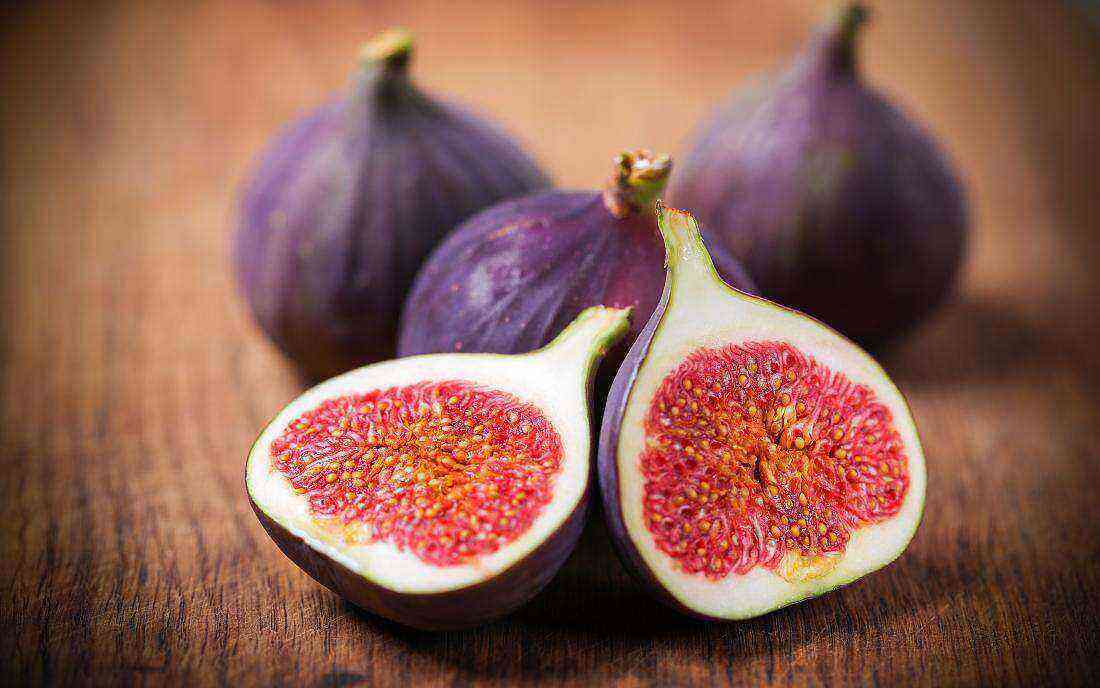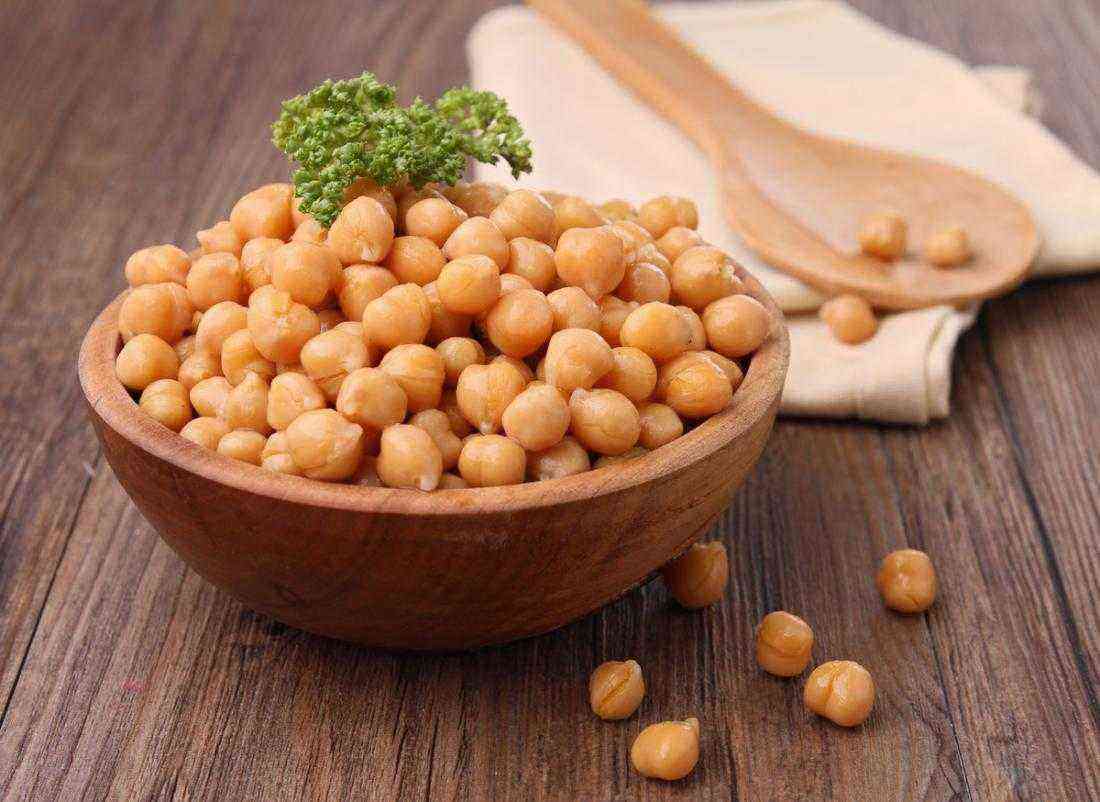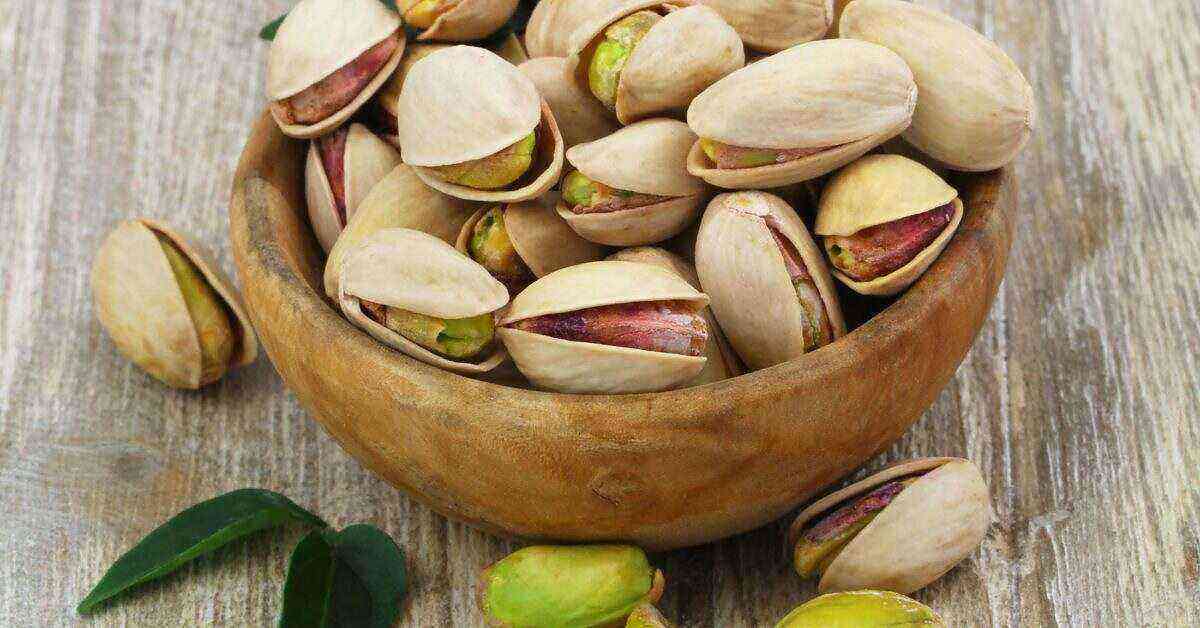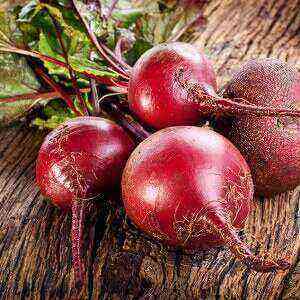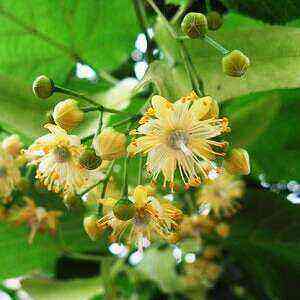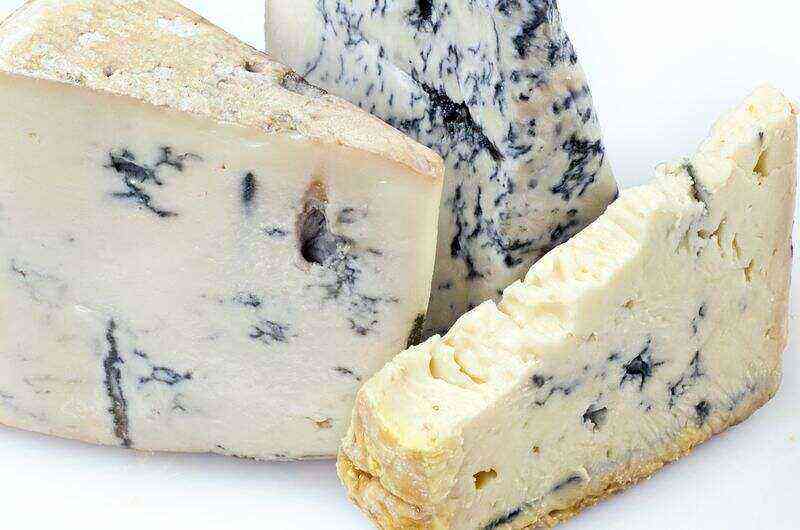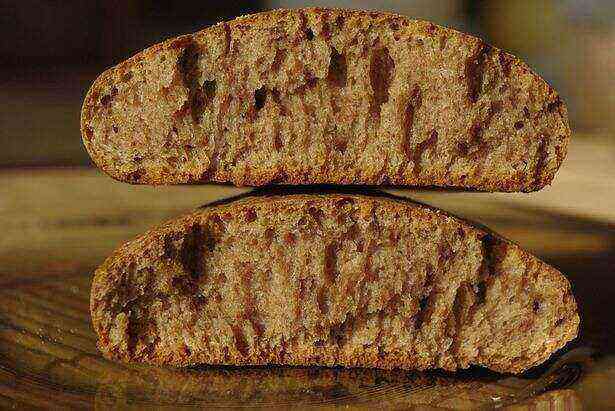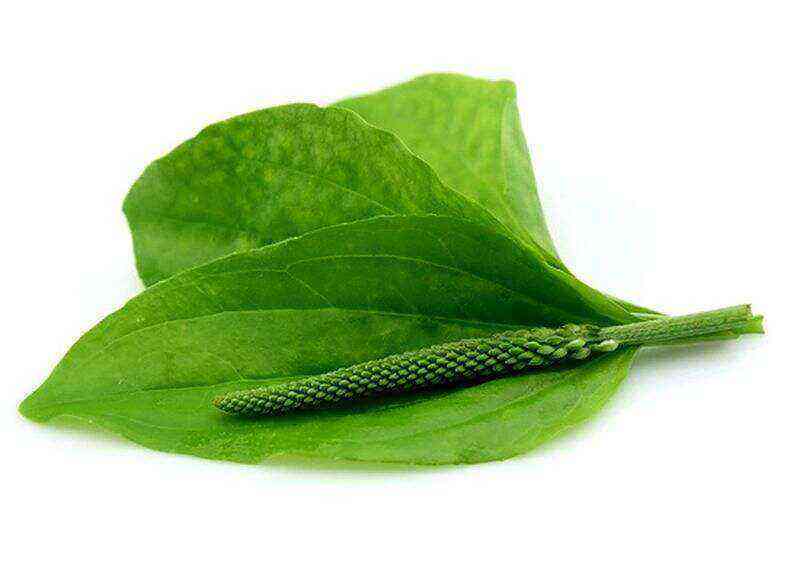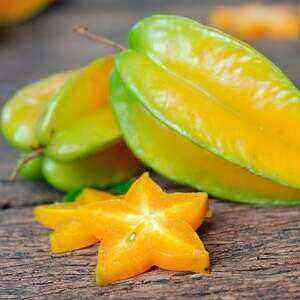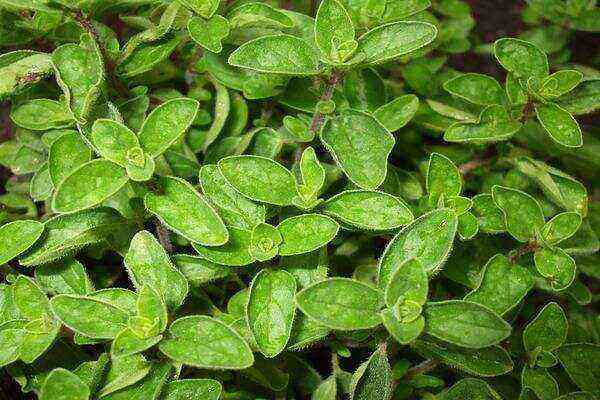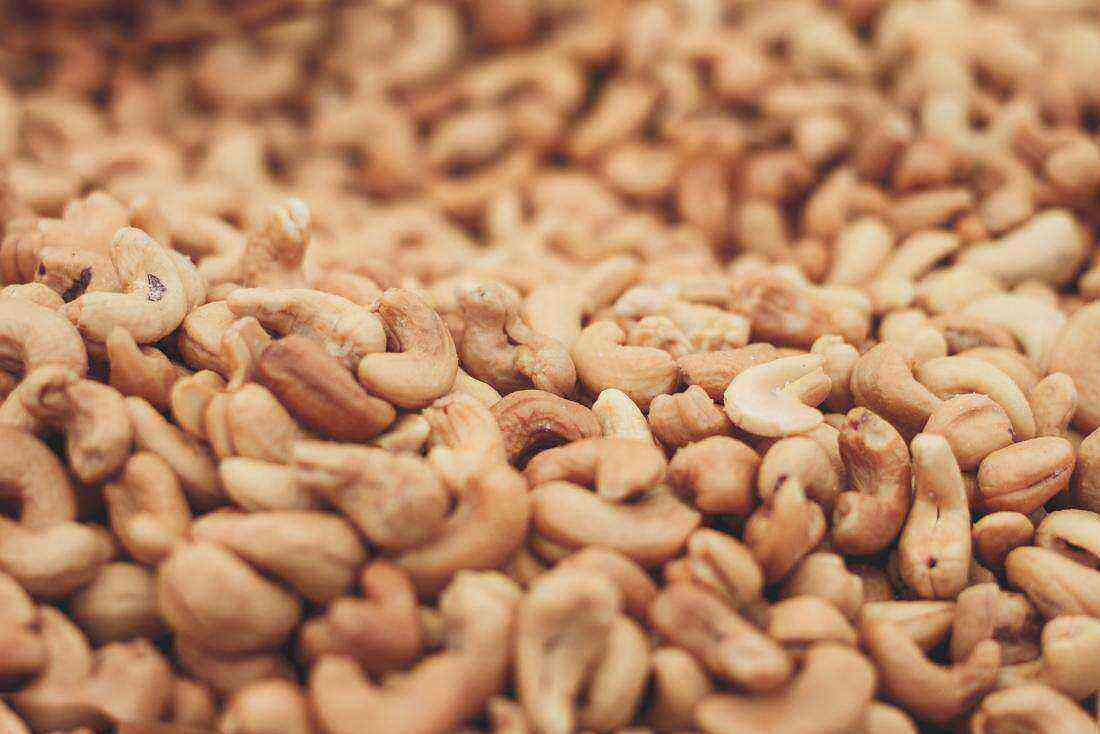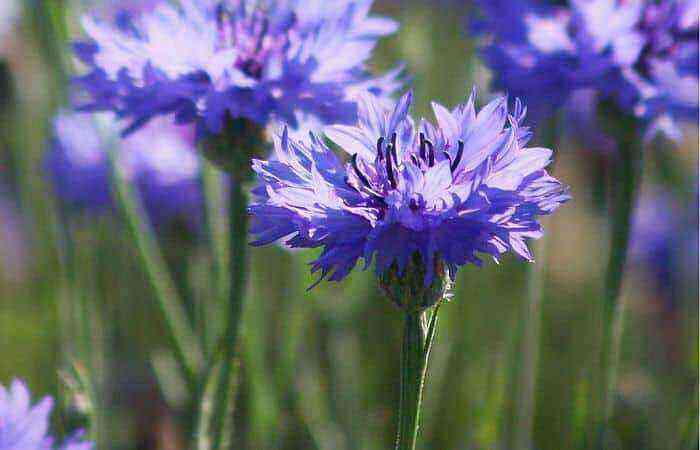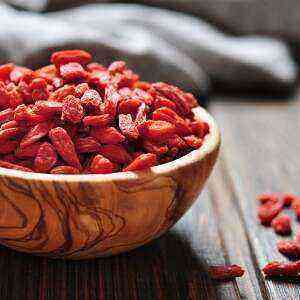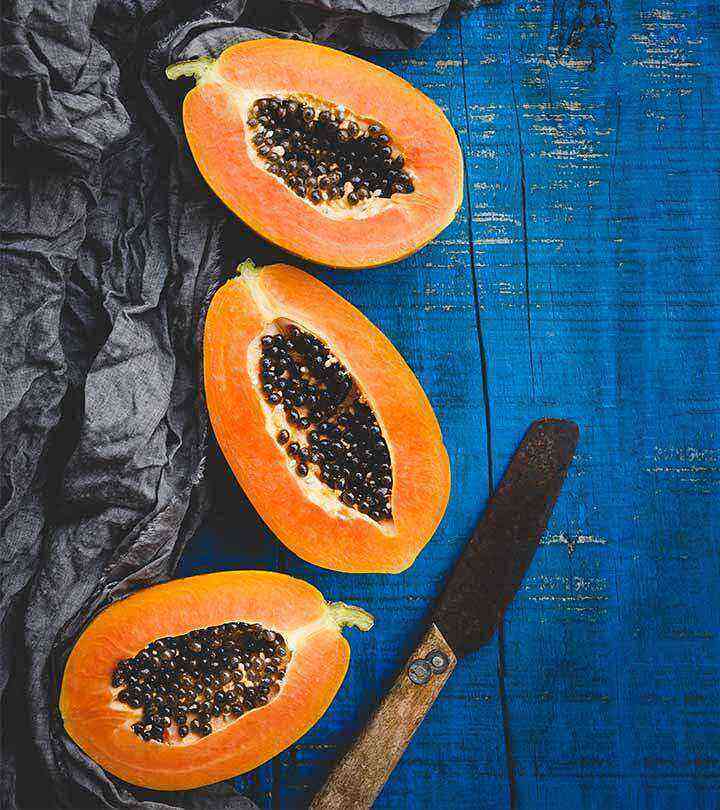Physalis (Latin Phusalis) is a perennial herb of the Solanaceae family. The people also often call it a bubble bottle, a pesyat cherry, a marunka, a Jewish cherry or an earthy cranberry, although in fact it has nothing to do with either cranberries or cherries. The plant reaches a height of 50-100 cm, its stems are straight, leaves are thin, ovoid. The stems usually harden at the base, and physalis becomes like a shrub. The most valuable thing is a fruit – a berry, which is in a flower – a shell, similar to a Chinese lantern.
Physalis is a thermophilic plant, the largest number of its varieties can be found on the American continent. Although this does not prevent it from growing as a decorative decoration in our latitudes, where it adapts to climate conditions and becomes annual. Physalis is also very common as a culture in Bulgaria, the Baltic States, the Caucasus, Central Asia, and the Mediterranean countries. Physalis fruits ripen from June to September.
Physalis composition
Physalis berries contain natural sugars, proteins, vitamins, minerals, bitter substances, organic acids, pectins, phytoncides and bioflavonoids. There are non-toxic alkaloids, a red dye called fizalin, a complex of biologically active substances. Physalis contains a significant amount of vitamin C, a certain amount of carotene, micro- and macroelements. The seeds are rich in fatty oil.
Useful properties and application
Physalis is considered a medicinal plant, and it is used in both traditional and folk medicine as a vitaminizing, antiseptic, analgesic, as well as a diuretic and choleretic agent.
Decoctions and infusions of fruits are good for various inflammations of the urinary tract, bladder, bile ducts, purulent inflammatory processes, gout, rheumatism and trophic ulcers. Fresh fruits and physalis juice are beneficial for dermatoses, bronchitis and respiratory diseases, dysentery, hypertension.
For medicinal purposes, in addition to berries, physalis leaves and roots are also used. The roots contain active substances such as alkaloids such as tegloidin, cuskgygrin, tropin and pseudotropin. The leaves contain carotenoids, steroids and their derivatives. The roots are usually harvested in the fall, dried, crushed and then brewed or insisted on alcohol.
A decoction from the roots helps as an antitussive, expectorant and pain reliever, is able to improve the menstrual cycle in women.
Use in cooking
In cooking, physalis berries are used fresh, and they also make jam, syrups, jams, candied fruits from them. Due to its sweet and sour taste, it also goes well with meat, fish and vegetable dishes. They are added to stews, vegetable caviar, and canned vegetables. Physalis is most often used by confectioners as a decoration – it is impossible to imagine the most popular dessert – New York or Philadelphia cheesecake without additions in the form of an orange berry in a flower bowl on top.




